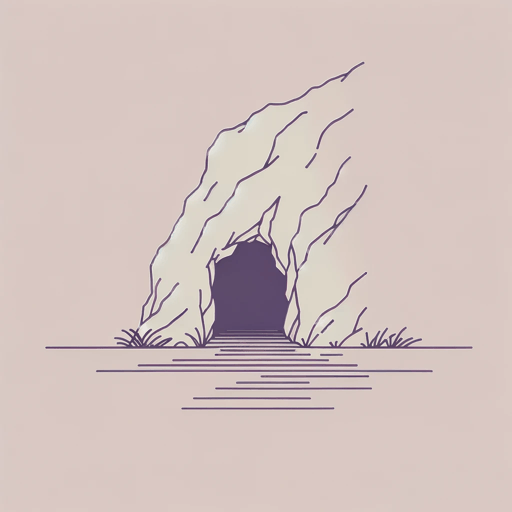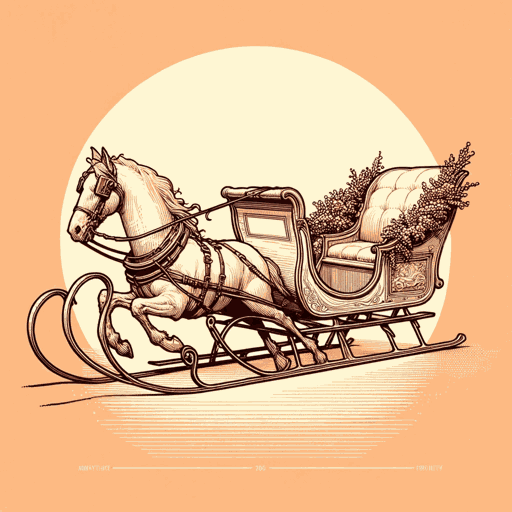42 pages • 1 hour read
James Fenimore CooperThe Last of the Mohicans
Fiction | Novel | Adult | Published in 1826A modern alternative to SparkNotes and CliffsNotes, SuperSummary offers high-quality Study Guides with detailed chapter summaries and analysis of major themes, characters, and more.
Symbols & Motifs
Music
Music is a motif that winds throughout The Last of the Mohicans, particularly in connection to David Gamut. In a direct sense, music is Gamut’s profession; he identifies himself early in the novel as a music teacher from Connecticut who specializes in singing psalms, hymns, and other religious songs: “the glorious art of petitioning and thanksgiving, as practiced in psalmody” (23). It is not entirely clear why he is traveling through the wilderness alone when he runs into Heyward’s group, and then joins them.
Gamut’s occupation with music connects him to art and culture, providing a contrast to the wilderness-focused characters like Natty Bumppo. When Bumppo meets Gamut, he asks the singer if he is capable of shooting a weapon, navigating, or another skill of obvious use in the wilderness. Gamut declares he has no interest in weapons, and instead affirms, “I follow no other than my own high vocation, which is instruction in sacred music!” (65). Bumppo declares this strange, but he begrudgingly acknowledges, “Well, friend, I suppose it is your gift, and mustn’t be denied any more than if ’twas shooting, or some other better inclination” (65). Thus, while bemused by Gamut’s profession, Bumppo acknowledges it as a potential “gift.
Related Titles
By James Fenimore Cooper



